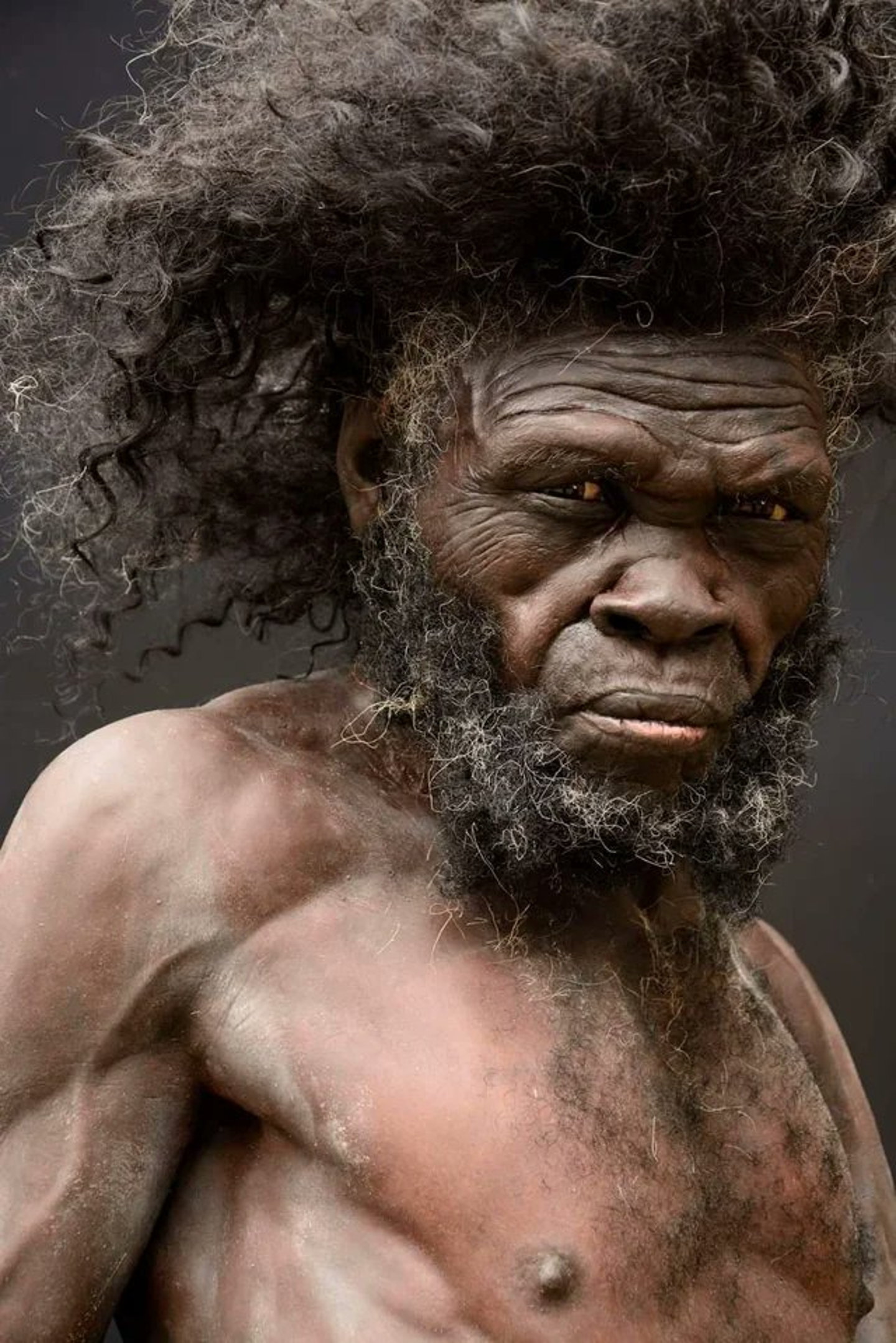What I want to share is the Danish museum’s recreation of what they believe early humans looked like. To me, they don’t seem far removed from people today.
You might have heard of ‘Lucy’, the so-called mother of humanity. She is believed to have lived about 3.2 million years ago and was discovered by Professor Donald Johanson and his student, Tom Gray, as they navigated the rugged ravines of Hadar in northern Ethiopia.
When Johanson made his groundbreaking discovery in 1974, it marked one of the most significant findings in the history of anthropology.
A decade later, in 1984, another incredible find came to light: ‘Turkana Boy’.
This specimen, estimated to have lived about 1.5 million years ago, belonged to the Homo egaster species, an early form of human.
The skeleton of Turkana Boy was nearly complete, providing invaluable insight into early human anatomy.

“In cooperation with the Centre for Biocultural History at Aarhus University and the World famous Dutch Kennis brothers, Moesgaard Museum has created a unique collection of seven reconstructed homines, i.e. human species.”
“From the 3.2 million year-old Lucy, who was found in Ethiopia, to the Koelbjerg Man, who lived in the Stone Age and is the oldest skeleton found in Denmark.”
“With their unique features shaped by adaptation and environment, they reflect the diversity of our ancestors. It’s intriguing to think about how much they might have shared in terms of culture and social structures!”
Natural history is truly fascinating, and it boggles my mind how researchers are able to piece together so much about the beings that walked this Earth long before us.


